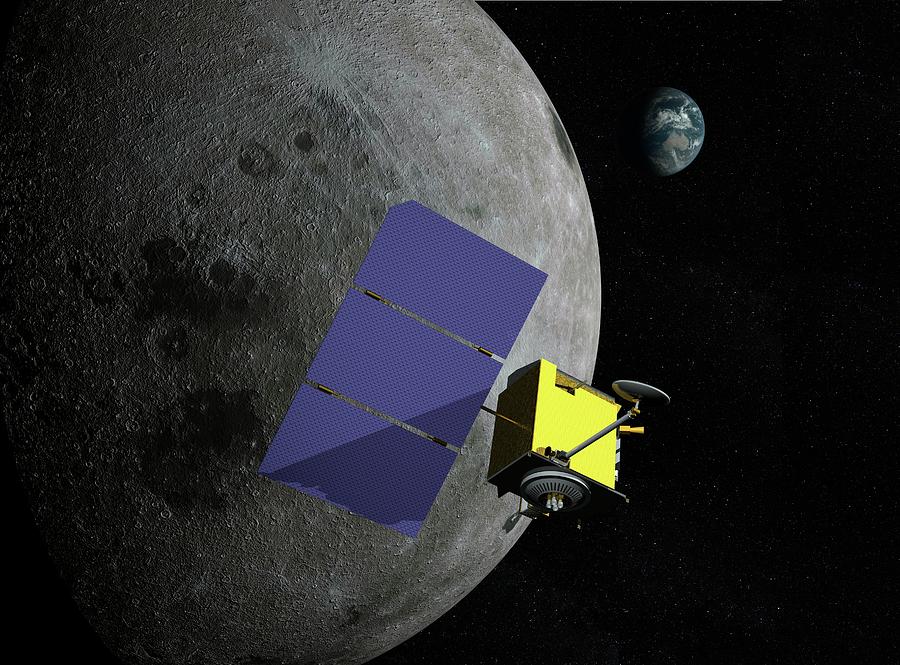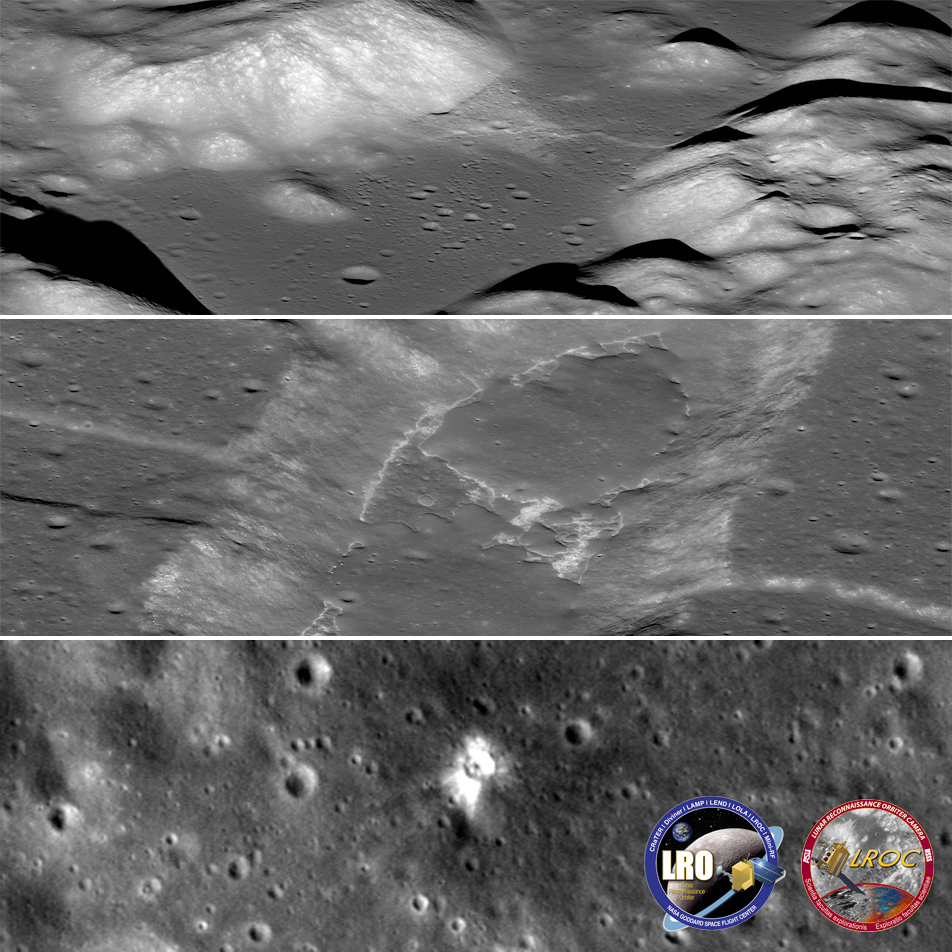

With such a system, we can confidently pinpoint any feature on the Moon, including the exact location of its South Pole.Ĭlick on the image to download a high-resolution version with feature labels and additional graphics. The definition and wide adoption of a standard coordinate system for the Moon is vital for mapping and exploring our nearest neighbor. Moon ME is then defined as a small rotation relative to Moon PA that amounts to a difference of about 875 meters (half a mile) between the two systems. Roughly speaking, the Moon PA system balances the mass along each axis, which simplifies the calculation of the Moon’s slightly wobbly rotations. Internally, JPL’s ephemeris calculations use a different coordinate system called the Principal Axis (Moon PA) frame. The specific calculation for LRO’s Moon ME coordinate system is embodied in the JPL ephemeris named DE421, released in 2008. Because of libration, both of these directions must be calculated as averages over long time spans. In this system, the Z axis is the mean (average) rotation axis, and the X axis points in the mean direction of the Earth. If you imagine Shackleton as the (very big!) face of a clock with noon pointing toward Earth, the South Pole is about halfway between 10 and 11 o'clock.īefore launch, the LRO team adopted the Mean Earth/Polar Axis (Moon ME) coordinate system for all of its data products, and this has become the standard for mapping all lunar data. In the system of lunar latitude and longitude adopted by the Lunar Reconnaissance Orbiter ( LRO) mission, the Moon’s South Pole is located on the rim of Shackleton crater at a point marked by a red pin in this visualization. The video begins with the camera flying west over the terrain the astronauts saw as they came in for a landing, and it ends with a dramatic view of North Ray crater, the destination of their EVA on Day 3. Mattingly performed experiments from orbit.įor the 50th anniversary of the Apollo 16 mission, the video presented here uses elevation maps and images from Lunar Reconnaissance Orbiter ( LRO) to visualize the area around the landing site and the routes taken by the astronauts over three days of extravehicular activities (EVAs). Commander John Young and Lunar Module Pilot Charlie Duke explored the surface in their lunar rover, traveling a total of 16.7 miles (26.9 km) and collecting 211 pounds (95.7 kg) of samples, while Command Module Pilot Thomas K. Their site north of Descartes crater was the only Apollo site in purely highlands terrain, where the surface is older, lighter in color, and more heavily cratered, in contrast to the darker basalts of the maria. Houston time on Ap(April 21 at 2:23 UTC). A poignant reminder of past achievements we're too fatigued to repeat seemingly.Apollo 16 landed on the Moon at 8:23 p.m.

I really look forward having a look at them.Īmazing photos aren't they? Equally astounding are the shots of the different Mars landers from one of the Mars orbiters. More photos with considerably ( ~3x ) greater resolution are expected to be posted in the coming days.

I remember watching much of the coverage of these events as a very young child, and in a strange sort of way, seeing these photos is sort of like a letter from an old friend. You can make out details of left behind equipment, lunar module landing stages and even the Apollo 14 astronaut's footpath. Amazing detail and really beautiful photos. particularly of the Apollo landing sites. Many/most of you may already be aware of and have seen these, but worth checking out are the new photos from the Lunar Reconnaissance Orbiter.


 0 kommentar(er)
0 kommentar(er)
